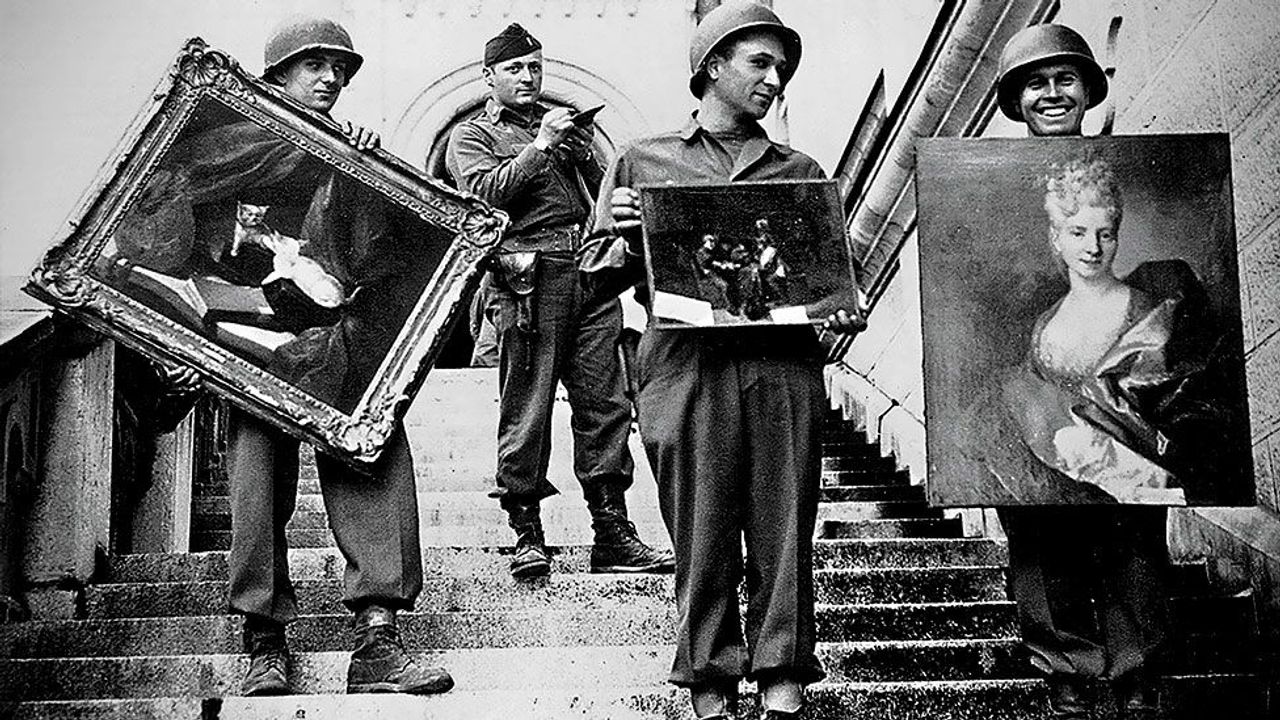
Robert Draws – Nazi-Looted Masterpiece unexpectedly returned to the spotlight when sharp-eyed viewers noticed it hanging in the background of an online real estate listing. The villa being sold is located in Mar del Plata, Argentina and was owned by the daughter of a former Nazi officer. What seemed like a routine property advertisement quickly spiraled into an international art scandal. Art historians recognized the piece as one attributed to Italian Baroque painter Giuseppe Vittore Ghislandi. Known for its intricate detail and historical significance, the painting had been missing for decades. Once presumed lost forever, its sudden reappearance stunned experts and rekindled discussions about stolen art from the Nazi era. Authorities moved quickly to investigate the origins of the painting and the circumstances of its unexpected discovery.
The Nazi-Looted Masterpiece originally belonged to Jacques Goudstikker, a prominent Jewish art dealer in the Netherlands. Prior to World War II, Goudstikker owned one of the most esteemed private art collections in Europe. When the Nazis invaded the Netherlands, his collection was seized and dispersed across Germany and other countries. Many of the pieces have since been the subject of restitution efforts by surviving family members and institutions. The rediscovery of this particular Ghislandi work adds a new chapter to that tragic history. Argentine officials believe the painting may have been smuggled into the country post-war, along with other looted valuables. This aligns with historical records that suggest Argentina served as a haven for numerous Nazi fugitives. The revelation has drawn international attention and could result in a broader search for other artifacts hidden within South America.
“Read about: Donald Trump Asks for His Painting to Be Removed, Internet Explodes With Theories”
After World War II ended, tracking the whereabouts of Nazi-looted art proved incredibly difficult. The Ghislandi painting vanished from public view and was long assumed to have been destroyed or permanently lost. Decades passed with no trace. Then, in one strange twist of fate, it resurfaced not in a museum or private collection but on a property listing website. The villa’s interiors had been photographed for promotional purposes, and one particular image revealed the valuable artwork casually hanging on the wall. Social media users and art enthusiasts spotted the anomaly almost immediately. Their findings prompted art historians and journalists to act. Suddenly, a long-lost piece of cultural heritage found itself thrust into the global spotlight again. What followed was a series of swift actions by cultural preservation agencies and Argentine law enforcement.
Once the painting was identified and linked to Jacques Goudstikker, the Argentine government launched an official investigation. Officials from the Ministry of Culture coordinated with international art recovery organizations to validate the painting’s authenticity and legal status. A specialized task force was formed to ensure the artwork’s preservation while its legal ownership is determined. The discovery has reignited debate over post-war justice and the moral responsibility of present-day owners. Legal experts say ownership could be contested by Goudstikker’s descendants, given the painting’s clear provenance. Meanwhile, the painting was quietly removed from the online listing, fueling speculation about its current location. Authorities have not confirmed whether the artwork remains at the Mar del Plata villa or has been transferred for safekeeping. Diplomatic conversations may also be initiated to address broader concerns of Nazi-looted artifacts in Latin America.
“Read more: Nowhere Left to Run: Khan Younis Declared Uninhabitable Amid Gaza Crisis!”
The case of the Nazi-Looted Masterpiece serves as a stark reminder of how many stolen artworks from the World War II era remain unaccounted for. This incident may inspire further audits of private collections, particularly in regions historically linked to fleeing Nazi officials. Argentina’s role in this story could prompt renewed scrutiny and lead to more hidden treasures being exposed. The art world has already seen similar cases where looted pieces were discovered in the most unexpected ways. Experts now emphasize the importance of digital tools and crowdsourced platforms in uncovering art with dubious origins. Museums, collectors and governments are being urged to review provenance records carefully. The rediscovery of this Baroque painting represents not just a thrilling find but a call to action for those committed to restoring cultural heritage and righting the wrongs of the past.